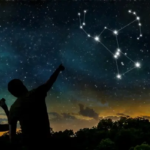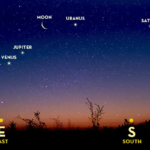How To See The “New” Pinwheel Supernova!
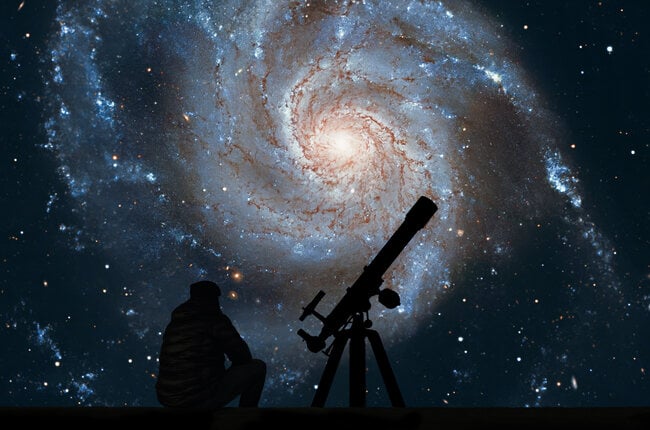
Hey FA Readers! Many of you who follow our monthly Night Sky Guides asked about the discovery of a new supernova, so we consulted expert astronomer Dean Regas to answer some of your frequently asked questions. Learn about supernovae, particularly the recent discovery (named SN 2023ixf) and how you can see it! Dean also clarifies some misinformation that is floating around lately.
What is a supernova?
When an exceptionally large star explodes, it’s called a supernova. A supernova can create more light in one moment than an entire galaxy of billions of stars does. The latest star blast is located 21 million light years away in the Pinwheel Galaxy (also known as M101).
What makes the newly discovered supernova (SN 2023ixf) special?
There are a few reasons why the astronomical community is excited about this supernova. First it was widely observed by amateur astronomers with their own equipment. Second, the professional astronomers now are hard at work pointing the best telescopes in the world (and in space) at the supernova. Witnessing change like this in the universe is so rare, and it’s great to see how everyone is working together to study it.
Why is it called SN 2023ixf?
The name follows a cataloging system to better keep track of all new discoveries. SN signifies “supernova,” followed by the year of discovery. However this one deserves a nickname. Let’s call it the Pinwheel Supernova.
When did it occur and why are we seeing it now?
It was first noticed on May 19, 2023, as amateur and professional astronomers around the world looked at their pictures of the Pinwheel Galaxy. Where typically this galaxy displays diffuse glow from billions of stars, there was a new, very bright light shining on one of the galaxy’s spiral arms. It was not there one day, and the next, “Bang!” See a rendering of the apparent difference in the animated gif below:
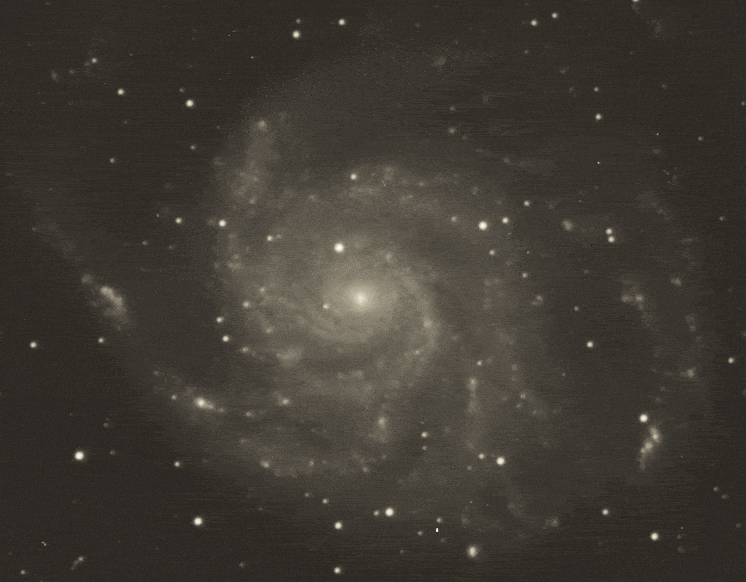
How long will it last and will we see another supernova in our lifetime?
It’s hard to say precisely how long this supernova will stay visible but similar events have lasted several weeks to a few months before fading again. Although astronomers can see supernovas in other galaxies regularly, only about two or three happen in our Milky Way galaxy every 100 years.
What time and direction is best to spot the supernova?
The good news is that the Pinwheel Galaxy is positioned high in the northern sky right after dark for viewers in the Northern Hemisphere. This galaxy is also very close to the handle of the recognizable star pattern, the Big Dipper. Face north 1-2 hours after sunset to find the Big Dipper’s handle. That will put you in the area of the supernova (but please see the “bad news” below).
Is it only visible in the Northern Hemisphere?
The Pinwheel Galaxy is located in the constellation Ursa Major, the Big Bear (aka the “Big Dipper” in the United States), approximately above the midpoint between the stars that represent the bear’s nose and eyes. See the illustration below:
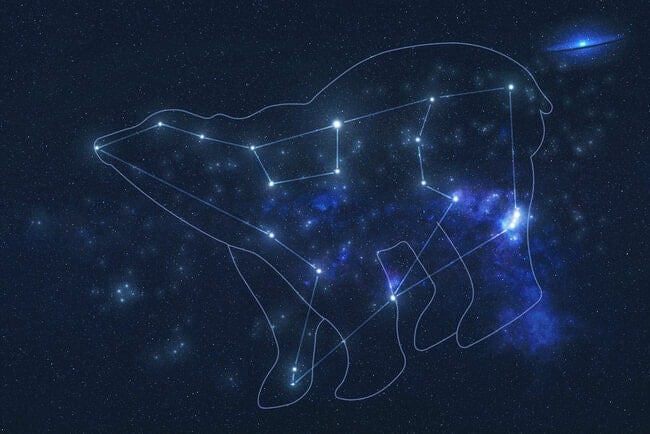
Ursa Major hangs out in the northern sky and is visible from almost anywhere in the Northern Hemisphere and the Tropics. For most locations south of the Tropic of Capricorn, the galaxy will be below the horizon and not visible.
Do you need a telescope? How about binoculars?
The “bad news” is that you need a large telescope and excellent seeing conditions to find the galaxy—let alone the Pinwheel supernova. Unless you have amazing sky conditions and a hilariously-giant pair of binoculars nothing short of a large telescope will do.
Can you find the supernova with a small telescope?
Although some media is reporting that you can find the Pinwheel Galaxy with any small telescope, that is incorrect. The dramatic images you see of this galaxy are taken with extremely long-exposure photographic techniques. Even with a large, professional telescope, this galaxy looks like a gray blur to the eye.
What does this observation teach us about supernovae?
The heat and pressure of supernovas create heavy elements that are essential to life. These include nitrogen, oxygen, and iron. The air in your lungs and the iron in your blood can have come from only one place: a tremendous supernova. A long time ago a massive star exploded and created these elements, which eventually became part of our solar system, our planet, and our bodies.
What’s the brightest one anyone has seen?
No one alive has seen the most brilliant of the supernovas. The brightest one ever recorded occurred on May 1, 1006. Accounts describe the star suddenly flaring up and for a short time was almost as bright in the sky as the moon.
When was the last bright supernova visible in our galaxy?
The last really dramatic supernova to be seen from Earth happened in 1604. The stars in our galaxy, Betelgeuse, Antares, and Eta Carinae are three possible candidates that could soon explode in a supernova any day (or possibly any time in the several thousand years). We just have to keep watching.
Join The Discussion
Will you attempt to observe the Pinwheel supernova?
Have any questions about this supernova or other space phenomena?
Share your thoughts and questions here in the comments below!
Related Articles
Is Betelgeuse Ready To Explode?
Night Sky Guides For Stargazingers
What Was The Star Of Bethlehem?

Dean Regas
Dean Regas is an astronomer and author of seven books including 100 Things to See in the Night Sky and How to Teach Grown-Ups About Pluto and host of the popular astronomy podcast Looking Up with Dean Regas. He can be reached at: www.astrodean.com


